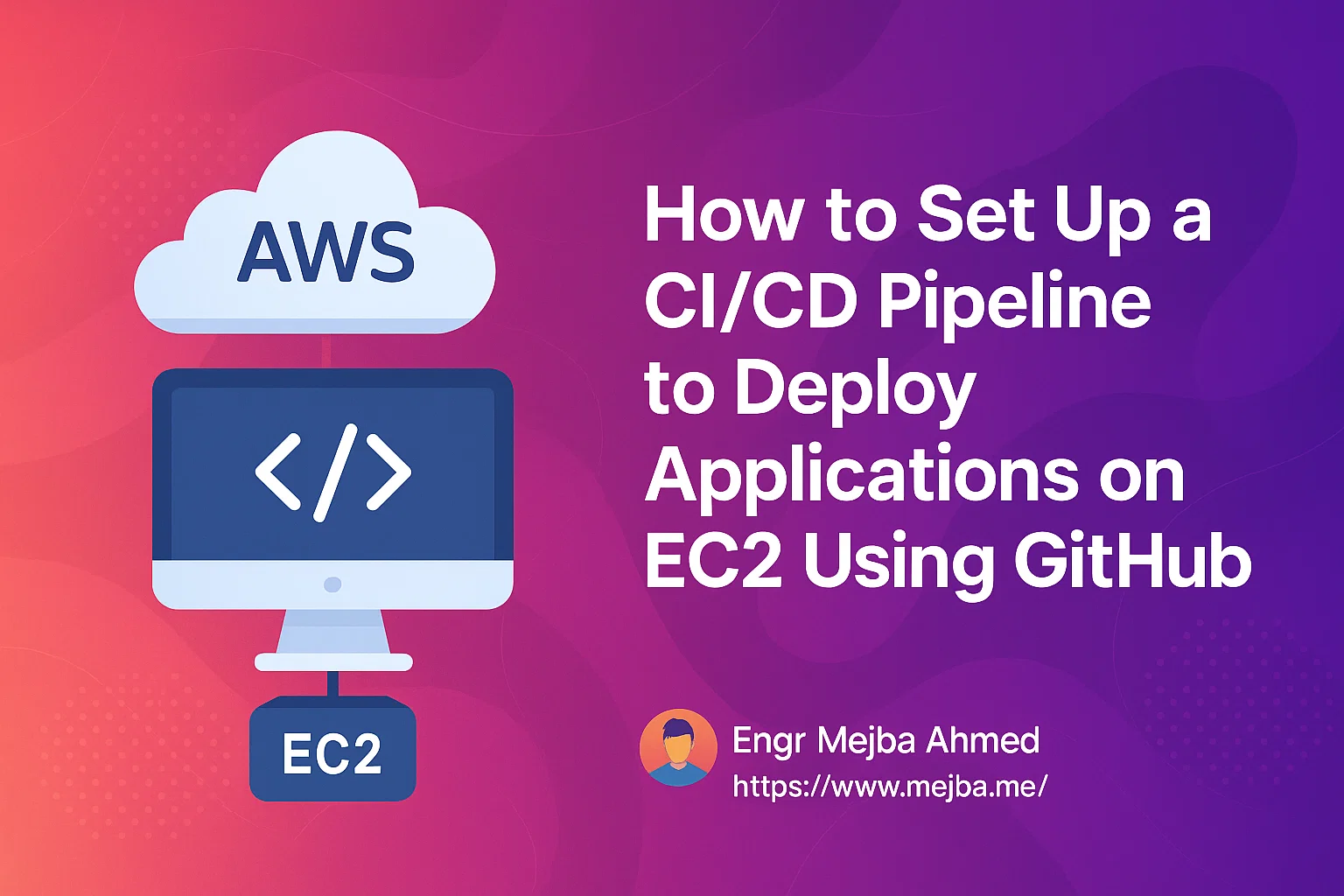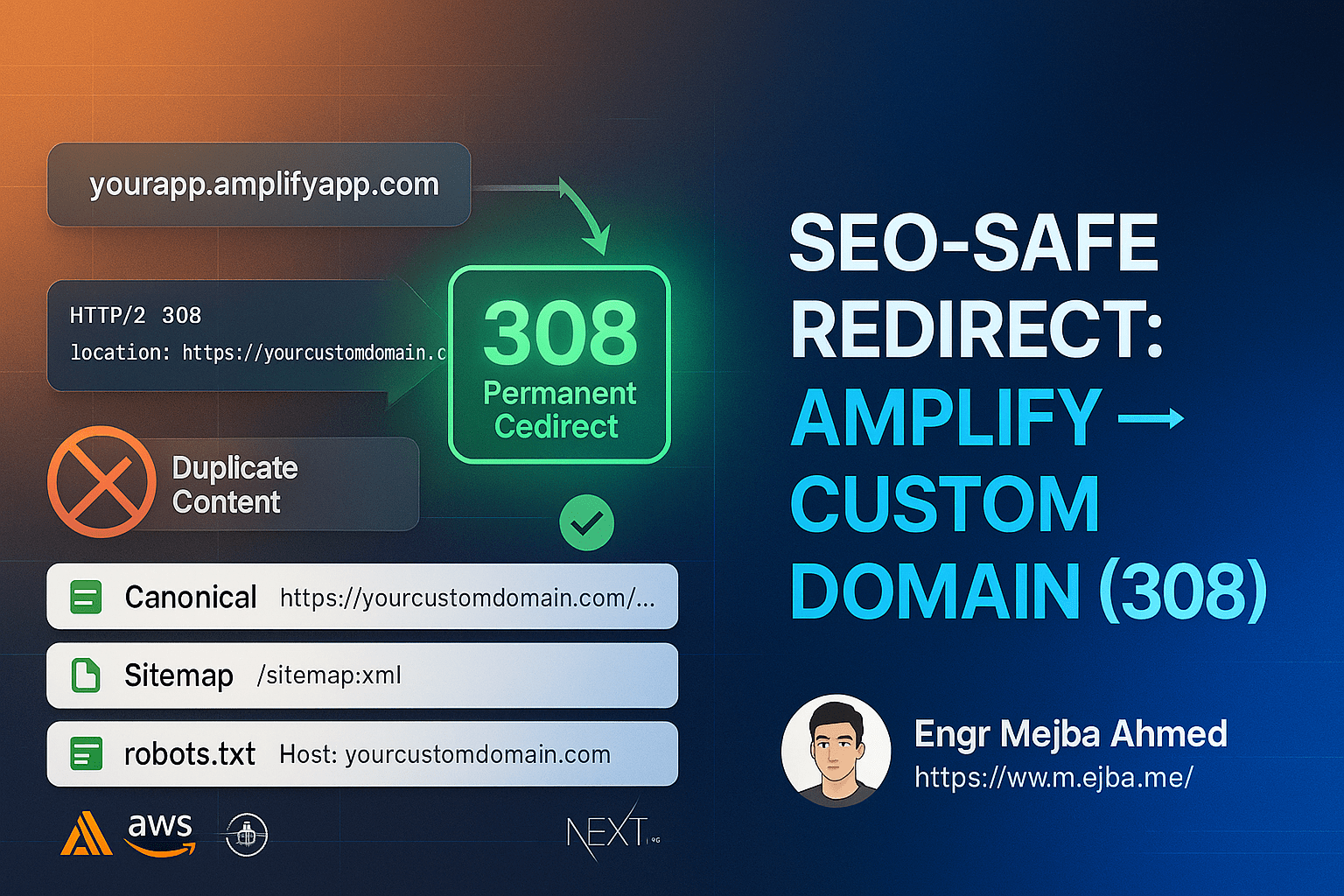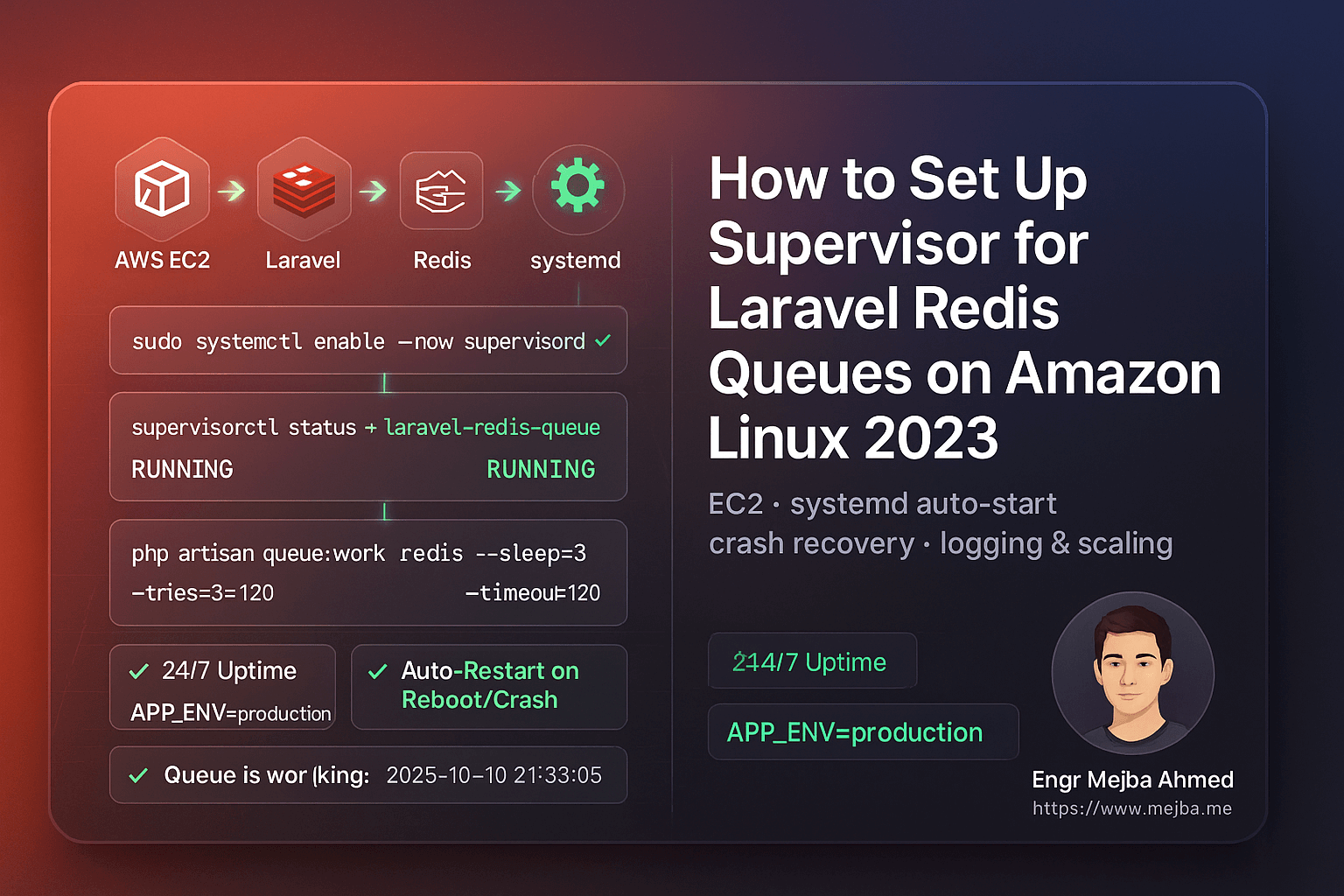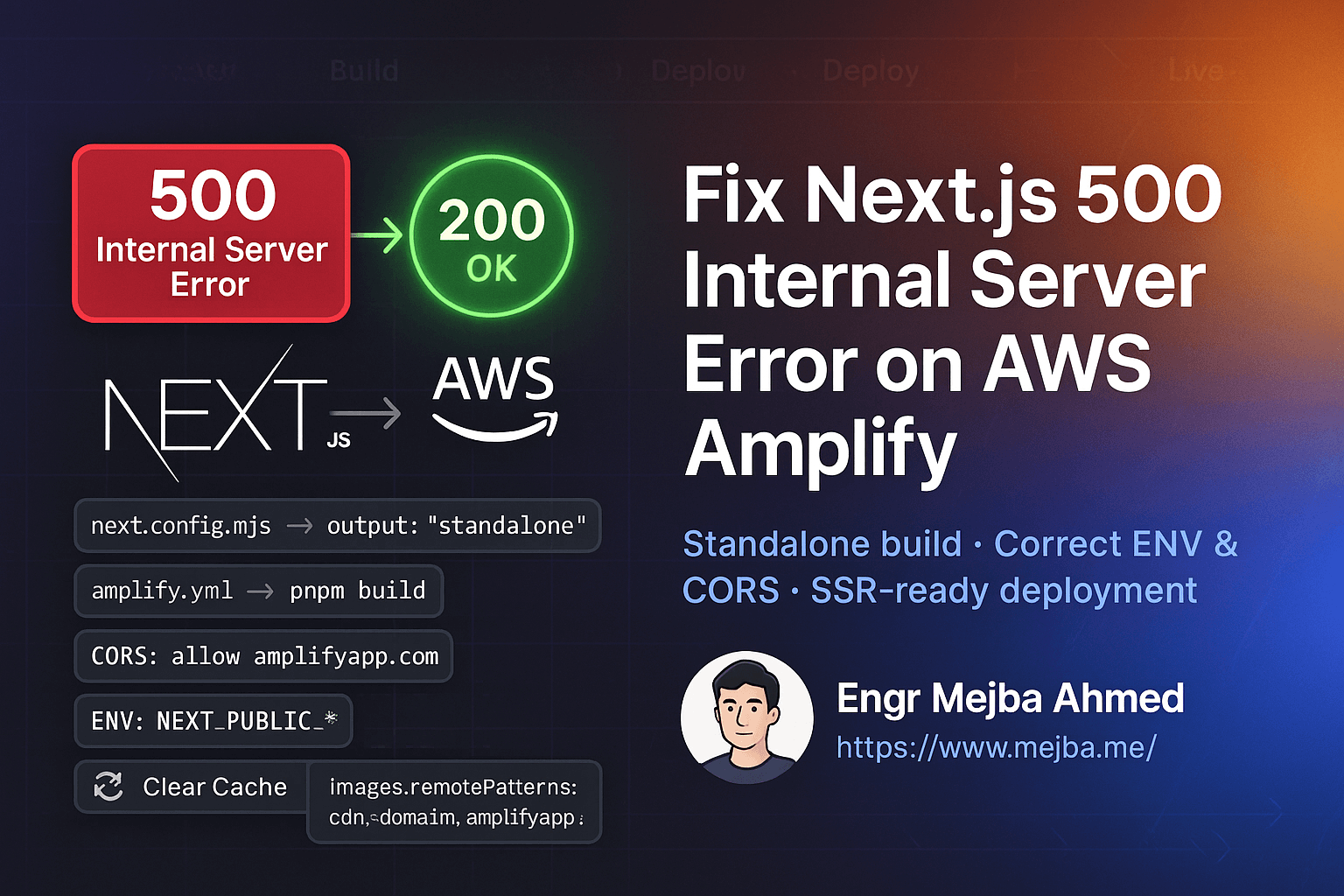AWS CodeDeploy: How to Set Up a CI/CD Pipeline to Deploy Applications on EC2 Using GitHub
Deploying applications manually is tedious, error-prone, and inefficient. AWS CodeDeploy makes automating deployments straightforward, enhancing efficiency and minimizing downtime. In this guide, you'll learn step-by-step how to set up a robust Continuous Integration and Continuous Deployment (CI/CD) pipeline to deploy your applications directly from GitHub to an Amazon EC2 instance.
What You'll Need:
- AWS Account
- EC2 instance running Amazon Linux
- GitHub Repository with your application
- AWS CLI installed on your local machine
Step 1: Prepare Your EC2 Instance
Connect to your EC2 instance via SSH:
ssh -i "your-key.pem" ec2-user@your-ec2-instance-public-ip
Install and start the CodeDeploy agent:
sudo yum update
sudo yum install ruby -y
sudo yum install wget -y
cd /home/ec2-user
wget https://aws-codedeploy-region.s3.region.amazonaws.com/latest/install
chmod +x ./install
sudo ./install auto
sudo service codedeploy-agent status
Replace region with your AWS region, such as us-east-1.
Step 2: Create an IAM Role for CodeDeploy
In AWS Console:
- Navigate to IAM → Roles → Create Role.
- Choose AWS service, then select CodeDeploy.
- Attach policies: select AWSCodeDeployRole.
- Name your role (e.g.,
CodeDeployRole) and create it.
Step 3: Set Up the CodeDeploy Application
- Go to AWS CodeDeploy → Applications → Create application.
- Enter an application name.
- Choose compute platform: EC2/On-premises.
Create a deployment group:
- Deployment group name (e.g.,
Production) - Select your IAM Role (
CodeDeployRole) - Select EC2 instances by tag or manually select your EC2 instance.
- Deployment type: In-place.
Step 4: Prepare Your GitHub Repository
Create an appspec.yml file at your repository root:
version: 0.0
os: linux
files:
- source: /
destination: /var/www/html
hooks:
AfterInstall:
- location: scripts/install_dependencies.sh
timeout: 300
runas: root
Create necessary scripts, e.g., scripts/install_dependencies.sh:
#!/bin/bash
sudo yum update -y
sudo yum install -y httpd
sudo service httpd start
sudo chkconfig httpd on
Make sure your scripts have execute permissions:
chmod +x scripts/*.sh
Commit and push changes to GitHub:
git add .
git commit -m "Added appspec.yml and deployment scripts"
git push origin main
Step 5: Connect AWS CodeDeploy with GitHub
- In CodeDeploy console, select your application and deployment group.
- Click Create Deployment.
- Select GitHub as your repository type.
- Connect to GitHub and authorize AWS.
- Choose your repository and commit branch (e.g.,
main). - Click Deploy.
Step 6: Automate with CI/CD Using GitHub Actions
Create .github/workflows/deploy.yml in your repo:
name: AWS Deploy
on:
push:
branches:
- main
jobs:
deploy:
runs-on: ubuntu-latest
steps:
- uses: actions/checkout@v3
- name: AWS CodeDeploy
uses: aws-actions/aws-codedeploy@v1
with:
application-name: your-codedeploy-app-name
deployment-group-name: your-deployment-group
region: your-region
aws-access-key-id: ${{ secrets.AWS_ACCESS_KEY_ID }}
aws-secret-access-key: ${{ secrets.AWS_SECRET_ACCESS_KEY }}
Set AWS credentials as GitHub secrets:
- Go to GitHub → Settings → Secrets and variables → Actions → New repository secret
- Add your
AWS_ACCESS_KEY_IDandAWS_SECRET_ACCESS_KEY.
Now, every push to main triggers automatic deployments.
Step 7: Verify Your Deployment
Visit your EC2 public IP in a web browser:
http://your-ec2-instance-public-ip
You should see your application deployed successfully!
Conclusion
Congratulations! You've successfully set up an AWS CodeDeploy CI/CD pipeline integrated with GitHub to automatically deploy applications on EC2. This automation will significantly streamline your deployment process, reduce downtime, and simplify updates.





